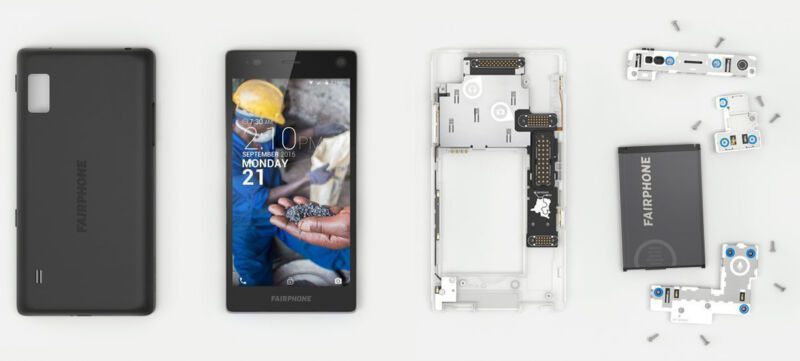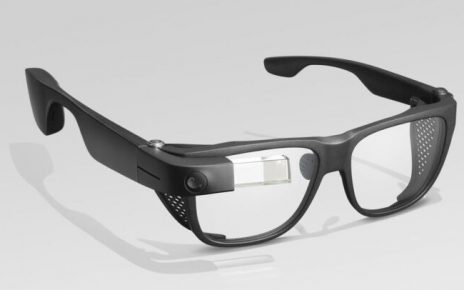
Enlarge / The Fairphone 2 and its many modules. (credit: Fairphone)
Fairphone—the sustainable, modular smartphone company—is still shipping updates to the 5-year-old Fairphone 2. The company won’t win any awards for speed, but the phone—which launched in 2015 with Android 5—is now being updated to Android 9.0. The most interesting part of this news is a video from Fairphone detailing the update process the company went through, which offers more transparency than we normally get from a smartphone manufacturer. To hear Fairphone tell the story of Android updates, the biggest barrier to longer-term support is—surprise!—Qualcomm.
Fairphone wants consumers to keep their phones for longer, creating less e-waste and carbon emissions via modular replacement parts that are easily upgradeable and repairable. A big challenge for designing a long-lasting phone like this is software support. Even if Fairphone wanted to support a phone forever, Android software updates do not work that way, and major OS updates normally reply on a relay race of companies that all need to hand-off a build of Android before it reaches your phone.
We’ve gone over this before, but let’s do a quick recap of how Android makes it to your smartphone. First, Google releases builds of AOSP (the Android Open Source Project) to everyone. This doesn’t run on a phone yet, though. First, your SoC (System on a Chip) manufacturer (usually Qualcomm) has to get hold of it and customize Android for a particular SoC, adding drivers and other hardware support. Then, that build goes to your phone manufacturer (Fairphone, in this case) which adds support for the rest of the hardware—things like cameras, the display, and any other accessories—along with built-in apps and any custom Android skin work that the company wants to do.





